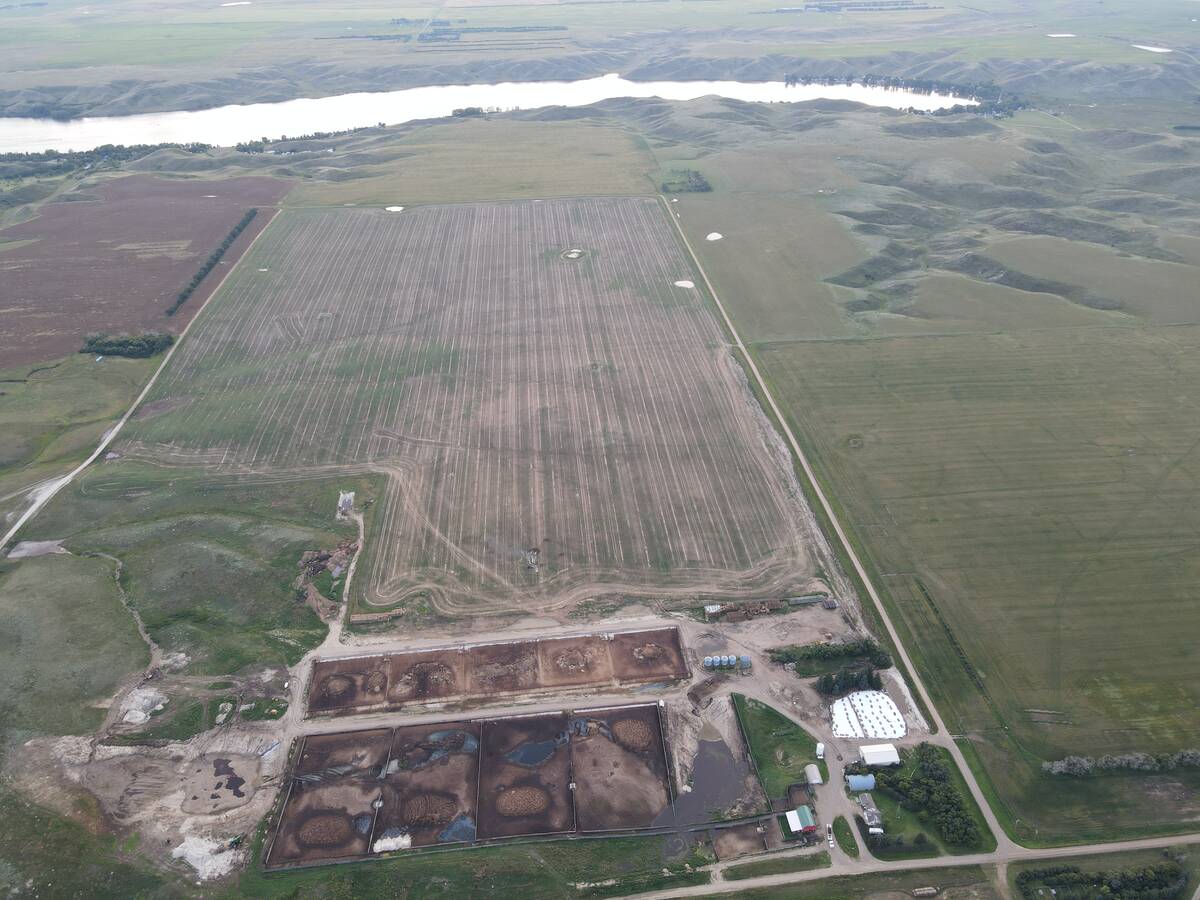It’s comforting for many in the grain industry to think that dropping the Canadian Wheat Board out of its centre won’t change much.
But the industry’s overseer doubts the transition will be that simple.
“Don’t think for a second that this isn’t going to change the whole logistics system at the same time, and not just for wheat,” Mark Hemmes, president of federally appointed grain monitor Quorum Corp., warned at the Fields on Wheels conference in Winnipeg.
Read Also

Saskatchewan RM declines feedlot application, cites bylaws
Already facing some community pushback, a proposed 2,000-head cattle feedlot south of Swift Current, Sask., has been rejected for a municipal permit, partly over zoning concerns about the minimum distance from a residence.
“What we’re about to embark on is not something that’s just going to affect us in this room, or the people in Western Canada, or Canada. This is a global upset. It is going to have some remarkable reach.”
Hemmes said Canada’s position as one of the world’s dominant grain exporters means any changes to grain flow and marketing from the country have a world impact. As a result, world grain traders will likely want to get involved in the new system.
“It is one huge opportunity for a lot of international players,” said Hemmes.
Grain industry players at the conference voiced conflicting views on whether ending the wheat board’s monopoly would be a major change or an incremental evolution of the prairie grain handling industry.
Some suggested it could be close to “business as usual” because more than a dozen crops already move in the open market.
But Hemmes said there will likely be significant impacts all along the supply chain that takes prairie grain from the farm to the overseas customer.
He expects that the consolidation of the prairie grain elevator network, which has cut the number of prairie elevator points from more than 1,000 10 years ago to less than 360 today, will continue.
“I think (grain industry people) are right in saying there is going to be further rationalization.”
He said the wheat board has had a strong voice on grain car allocation and has been able to intercede on grain shippers’ behalf. Grain companies and farmers are becoming anxious about the railways’ power now that that voice is being eliminated or reduced, he added.
“It makes the railways the de facto kingmaker.”
He said the industry won’t have formal monitoring or regulated control of car allocation by the railways.
“In the past, the industry pretty much relied on the wheat board to do that for them.”
He said the fate of producer cars is also up in the air because 90 percent of producer car shipments contain board grain and are marketed by the board.
“The solution is to find some way to market that grain and producer cars will continue to thrive,” said Hemmes.
“Without somebody marketing that grain, whether it’s a new CWB with their pooling options or whether it’s new marketing organizations that come out of this, that’s where the opportunity lies.”
Some ports also handle mostly board grain, such as Prince Rupert, Churchill and Thunder Bay, so they need to ensure that somebody is marketing grain through them.
Canadian grain might also start moving south to the U.S. Gulf of Mexico coast, into the Mississippi system and through the U.S. Pacific Northwest.
As well, U.S. grain might start moving through Canada, especially if freight rates are attractive.
However, he doubted there would be much cross-border truck traffic by farmers.
“That’s going to last about 12 hours,” said Hemmes.
“I don’t think farmers are going to get too interested in trucking their grain south when they start to look at the trucking bills.”















